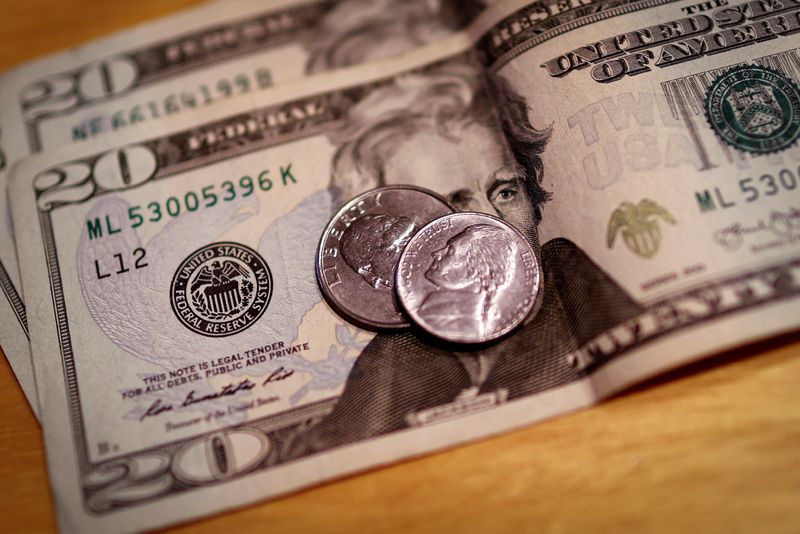(Reuters) – U.S. household wealth fell by $400 billion in the third quarter as a drop in U.S. stock prices outpaced gains in real estate values, a Federal Reserve report showed on Friday.
Household net worth declined to $143.3 trillion at the end of September from $143.7 trillion at the end of June, the Fed’s quarterly snapshot of the national balance sheet showed. It was the third consecutive quarter household wealth has declined.
During that period, an index that covers 95% of the market capitalization of U.S. stocks lost almost $2 trillion in value on worries about stubbornly high inflation and the Fed’s outsized interest rate increases to try and bring it to heel.
The U.S. central bank raised interest rates to 3.00-3.25% from 1.50-1.75% from June through September.
At the same time, the pace of home price growth has slowed, with the interest-rate sensitive housing sector bearing the brunt of the U.S. central bank’s aggressive moves to dampen demand across the economy.
The report also showed that household cash stockpiles – as measured by the sum of balances in checking accounts, savings and time deposits and money market funds – were effectively unchanged in the third quarter at nearly $18.4 trillion. That’s down about $134 billion from its peak in the first quarter.
Consumer checking account and money market balances both ticked higher but were offset by a drop in savings and time deposits.
The Fed is relying on consumers to pull back on spending to help lower inflation. U.S. households have lost nearly $7 trillion in net worth this year, almost entirely due to the stock market’s 2022 swoon.
But that’s after a jump in household wealth to a record $150.1 trillion at the end of last year juiced by government financial relief during the worst of the COVID-19 pandemic.
Those higher-than-usual household savings have begun to dwindle, but remain above pre-pandemic norms.
And American pocketbooks have been buttressed by three groups of assets that have held their ground this year: cash – led by record-high checking deposits on the back of broad employment gains; real estate – with house prices themselves yet to show material weakening even as the Fed raises rates; and consumer durable goods – reflecting higher values for big-ticket items such as motor vehicles and appliances due to inflation.
Total nonfinancial debt rose at a 4.9% annualized rate after rising at a 6.5% rate in the second quarter, the Fed data also showed. Household debt growth slowed to a 6.3% annual rate from 7.4% in the April to June period, while business and federal government debt also rose at a slower pace. State and local government debt contracted in the third quarter.


